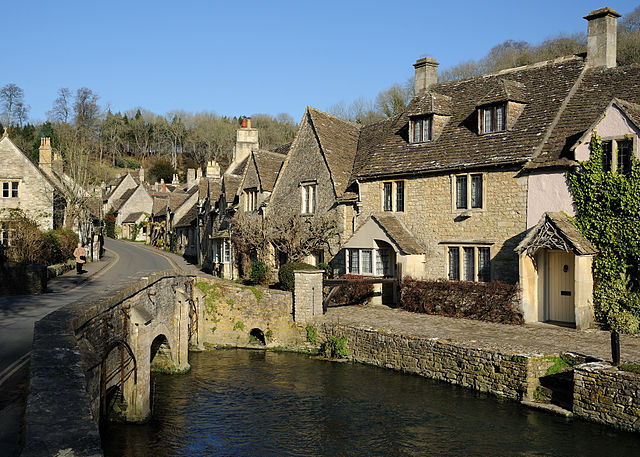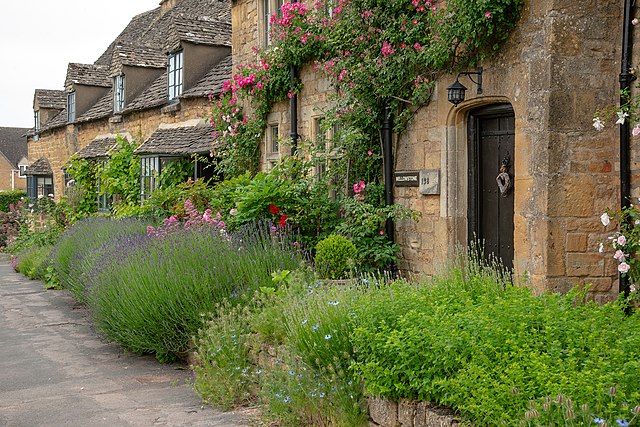Stow-on-the-Wold is a market town and civil parish in Gloucestershire, England, on top of an 800-foot hill at the junction of main roads through the Cotswolds, including the Fosse Way (A429), which is of Roman origin. The town was founded by Norman lords to absorb trade from the roads converging there. Fairs have been held by royal charter since 1330; a horse fair is still held on the edge of town nearest to Oddington in May and October each year.
Market Square
Ancient yew trees at the north porch of St Edward's Church
St Edward's Church
The Cotswolds is a region of central South West England, along a range of rolling hills that rise from the meadows of the upper River Thames to an escarpment above the Severn Valley and the Vale of Evesham. The area is defined by the bedrock of Jurassic limestone that creates a type of grassland habitat that is quarried for the golden-coloured Cotswold stone. The predominantly rural landscape contains stone-built villages, towns, stately homes and gardens featuring the local stone.
Castle Combe, a Cotswolds village with buildings made of Cotswold stone
Bibury, a characteristic Cotswold village
Row houses of Cotswold stone in Broadway, Worcestershire. The quaint buildings of the village attract numerous tourists.
Broadway row houses of Cotswold stone







